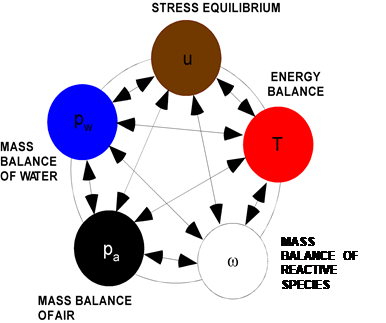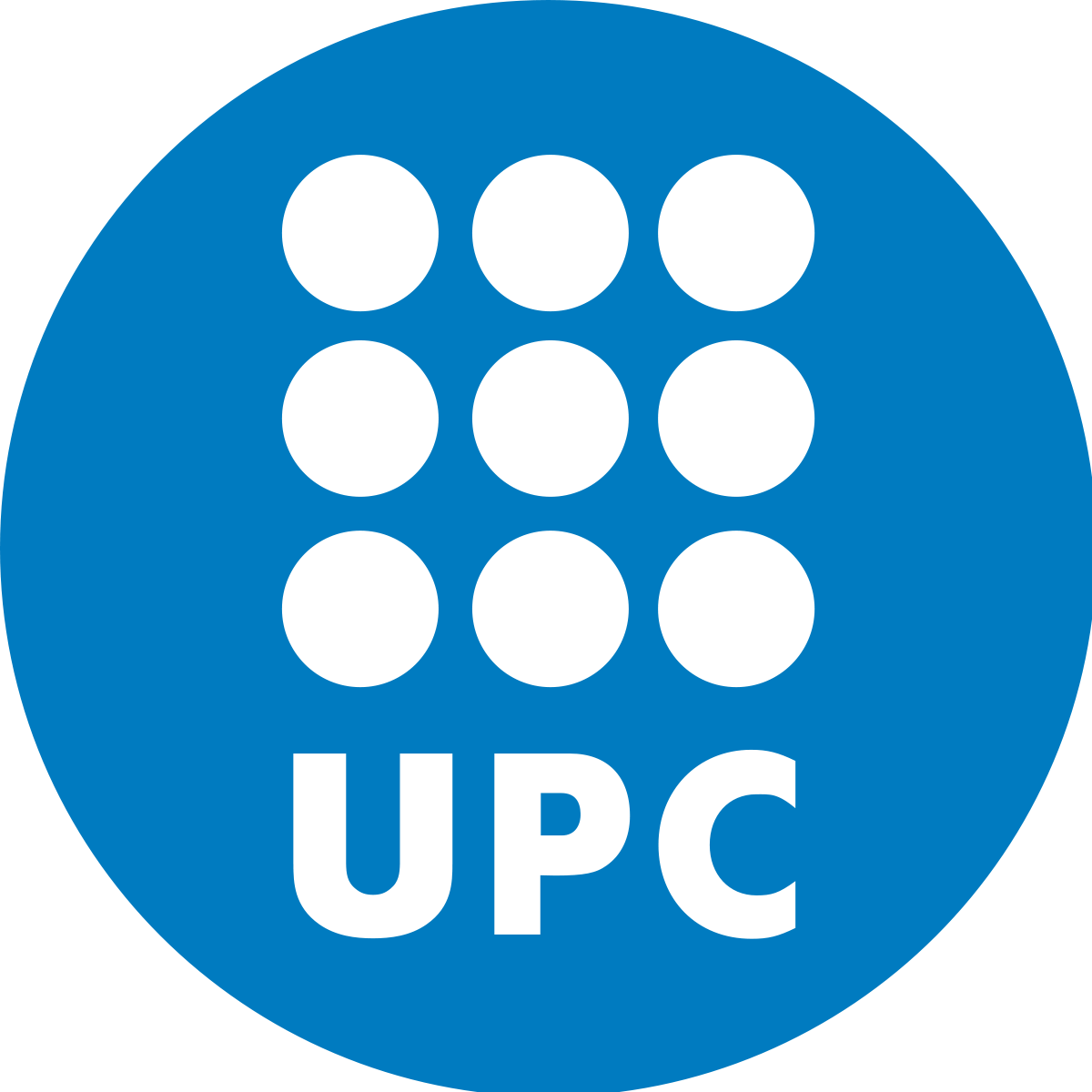Spanish national project Modelling for underground thermal energy storage

Concept
The Spanish participation in HEATSTORE concerns the development and application of numerical modelling tools of coupled Thermo-Hydro-Mechanical-Chemical (THMC) processes. Although during the project these techniques will be used for the demonstration pilot at Bern, it is expected that the project will improve the modelling tools and the experience of their use, which will be beneficial to applications to other UTES sites, both within and outside Spain.
The objective to develop a methodology which permits the application of the existing tools available at UPC for coupled analysis in geological materials to problems of related to UTES. Approaches and numerical programs have been developed and used to model different HTMC problems in other fields. Its application to geothermal energy storage (UTES) may require several actions:
- Verification and possible improvement of equations of state (EOS) for water such as density and viscosity as a function of pressure and temperature. In addition, in a general coupled approach, review thermal dependency of constitutive equations for thermal, hydraulic, mechanical and chemical problems.
- To gain insight on thermal influence on dissolution phenomena and assessment of the possible impact on the UTES via porosity and permeability changes and rock mechanical response.
- Preliminary modelling of UTES with specific geometry and protocols based on a demonstration pilot of a specific site. Before carrying out the above mentioned tests, they would have to be modelled with data and information available at that moment. This can give a first insight on the important parameters and processes taking place and, therefore can help to design the tests.
- The development of models for the specific demonstration pilot using all available information. Models can be at different levels of geometry complexity and for different processes accounted for. Illustrating the behavior of a demonstration pilot by using a numerical model is a direct result of this activity. A model may also permit to extrapolate the results of the demonstration pilot to other time and spatial scales.


